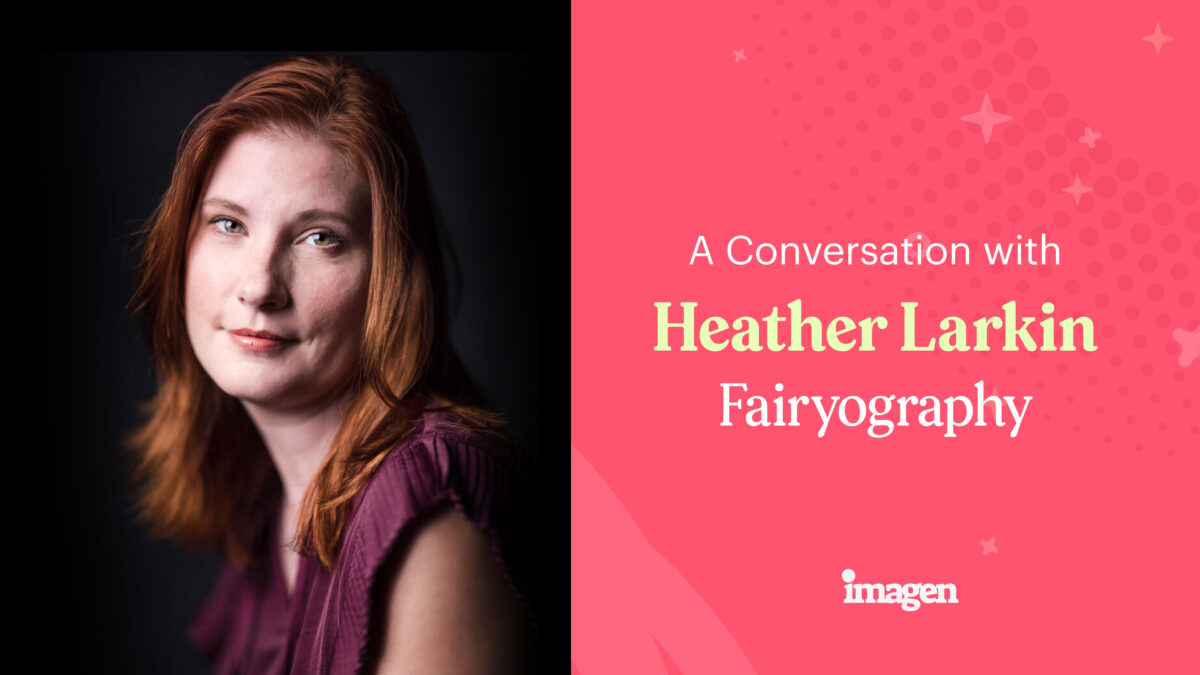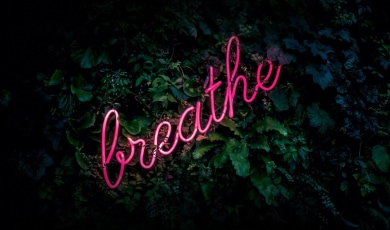An Interview with Tosha Gaines
Last updated on 03/26/2024
Contents
- 1 How did you first get interested in photography?
- 2 What is your background in therapeutics?
- 3 How did you discover your passion for working with clients with special needs?
- 4 Can you describe your creative process when working with clients with special needs?
- 5 How do you approach lighting and composition when working with your clients, who might be sensitive to strobe lighting or loud noises?
- 6 How do you ensure that your clients feel comfortable and at ease during the photo shoot?
- 7 Do you think being able to prompt and react is part of your OT training or natural to you?
- 8 How do you think your own experiences with autism have impacted your approach to photography?
- 9 Can you discuss any challenges you have faced as a photographer with autism, and how you have overcome them?
- 10 Is there something you do afterward to help?
- 11 How do you think representation in media is important for individuals with special needs, and how do you strive to capture this in your work?
- 12 Can you talk about a specific photo session or project that was meaningful to you and your clients?
- 13 How do you stay motivated and inspired in your work, particularly when working with clients with special needs?
At ImagingUSA 2023 in Nashville, TN, we spoke with photographer, Tosha Gaines, an inclusive photographer based in Birmingham, Alabama, and Atlanta, Georgia. She is a self-taught photographer with a bold and colorful personality. She is also a pediatric occupational therapist. Her aim is to capture her client’s personalities and bolster their self-confidence one session at a time. Photography is Tosha’s therapy.
In this interview, Tosha talks about her love for photography and how she uses it as a therapeutic modality for herself and her clients who have disabilities. She discusses how she builds rapport with her clients and asks about their health history to better understand them and tailor her photography to their needs. She also shares some of the challenges she faces as a person with autism, such as social exhaustion and sensory overload. Tosha emphasizes the importance of diversity and inclusion and hopes to help others see the disability community as normal, not inspirational. Finally, she shares a love story she has had the privilege of capturing through her photography.
Tosha’s work can be seen on her photography site, Tosha Gaines Photography.
You can find the video of the interview at the Imagen booth down below as well as the transcription.
How did you first get interested in photography?
I didn’t want to pay somebody else to take pictures of my kids. I wanted to learn it myself. Then during that time, I realized how much I love working with other people and then figuring out my photography style. I’m able to capture the emotions, but it also helps me therapeutically, being able to help other people see themselves. So I use photography as a therapeutic modality for me and somebody else.
What is your background in therapeutics?
My background in therapeutics is as an occupational therapist. I’ve been an OT for 18 years now, working in pediatrics specializing in sensory integration, for kiddos with down syndrome and autism.
How did you discover your passion for working with clients with special needs?
What really drove me the most was because I have autism myself, and I want them to feel the way I feel happy in front, in front of a camera, and I know there is a discrepancy in photography that people were scared to talk about these things.
Can you describe your creative process when working with clients with special needs?
The first thing I always do is build rapport with my clients and talk about what things they wanna talk about and what they wanna do in their session. Then I come with the creative board and we will go back and forth with ideas for locations and what they want to capture. I build that rapport with the person so that I can better understand who they really are.
How do you approach lighting and composition when working with your clients, who might be sensitive to strobe lighting or loud noises?
I ask about the health history like:
- What are your ticks?
- What will set you off?
Because that’s important. That’s what the rapport process starts with. When you start going with the clients, you start going through that rapport. Asking them what things they want to highlight, what things they can’t do.
Also, I do a lot of research. I don’t understand their disability, I research because I see a lot of different diagnoses at work, and it does not mean I’m an expert, but I wanna make sure I’m being appropriate with them as well.
How do you ensure that your clients feel comfortable and at ease during the photo shoot?
I just got three testimonials from my blind customers recently, and the main thing for them was I made them feel comfortable. I made them laugh. The guy never smiled before in his life, and he has no eyeballs. He said, “I feel more comfortable with you and I had bad experiences with photographers before.”
- I was laid back
- I asked questions
- I got to know him during that session
Just being funny, being myself, and asking the counter-question to engage with them. So when they say something, I find some in that conversation and ask questions so they would be a little bit more comfortable with me.
Do you think being able to prompt and react is part of your OT training or natural to you?
I think it’s a combination of both. My parents taught me how to be empathetic, caring, and an active listener. I feel like my upbringing helped me a lot in being a photographer as well as an occupational therapist. The reason why I became an occupational therapist was because of my father because he told me that he sees that in
How do you think your own experiences with autism have impacted your approach to photography?
After finding out my diagnosis later in life it helped me realize better that I need to teach people it’s okay to unmask and be okay to be yourself. I had to learn that the hard way when I kept masking myself for so long, and now I feel like I can be able to be open about it and not be crucified for it.
I do have occasions when people ask “Do you need help? Oh, do you really have autism?”
A spectrum is a spectrum. Luckily I was on the lower end, but I still have my quirks.
Can you discuss any challenges you have faced as a photographer with autism, and how you have overcome them?
So the challenge I have is like, I get really tired from being social so much. It’s really hard always being social, and always being talk to talkative. So that’s one of my biggest challenges. Another challenge is when I’m in different environments when things are too loud for me and it’s too much, I get very overwhelmed, which gives me a lot of anxiety.
Is there something you do afterward to help?
I decompress a lot, and I go hide. I have a Nintendo Switch. I play a lot when I get stressed out. So if I don’t have a fidget toy, I keep that in my bag so I can have something to fidget with. I’m doing something functional, but people don’t know I’m decompressing.
What are your favorite games?
- Smash Brothers
- Mario Cart
- Mortal Kombat
How do you think representation in media is important for individuals with special needs, and how do you strive to capture this in your work?
People need to learn the difference between diversity and inclusion. Diversity and inclusion mean two things. The one thing I want people to understand is that when you’re including, it means you’re making that person feel like they’re comfortable, to make them feel comfortable with the environment where they’re doing, that’s functional.
Especially like we do everything, things like us, no say we’re an inspiration. That’s one thing I get tired of hearing from other people. “You’re an inspiration.”
I’m like, no, I’m not. I’m a human being like you are doing normal things.
Can you talk about a specific photo session or project that was meaningful to you and your clients?
I’m the couple who were both blind, and they’ve been married for over 56 years. They haven’t been apart in 41 years until his diagnosis with stage four cancer. He has a good personality about it. He calls it the waffle cancer because it’s scattered, not covered.
They left an impression in my heart because seeing their love for each other. They met at the Alabama Institute for the Deaf and Blind, and they fell in love there. And just hearing his love story and hearing what they love to do, and that’s the lasting impact. I check on him every day to make sure he’s okay.
How do you stay motivated and inspired in your work, particularly when working with clients with special needs?
My dad’s death inspired me to, because he worked with veterans and advocated for them. So that inspires me to do what I do for the disability community because he was a veteran helping this community. This is my way of helping my community.



